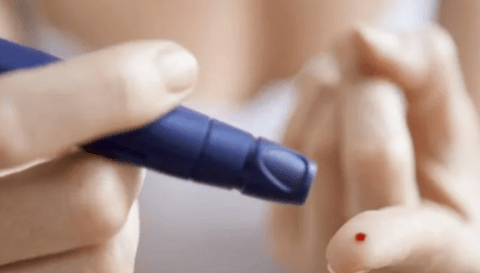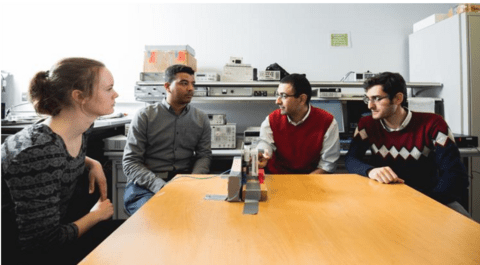Marriage of AI, Google chips will save diabetics from a lot of pricks
AI may help people with diabetes monitor their blood sugar levels without puncturing their own skin, according to a research from the University of Waterloo.
Most diabetics have to prick their fingers multiple times a day to draw a drop of blood to be dabbed onto a strip of test paper, before it is fed into a blood glucose meter. But the new system could eliminate that invasive process.




